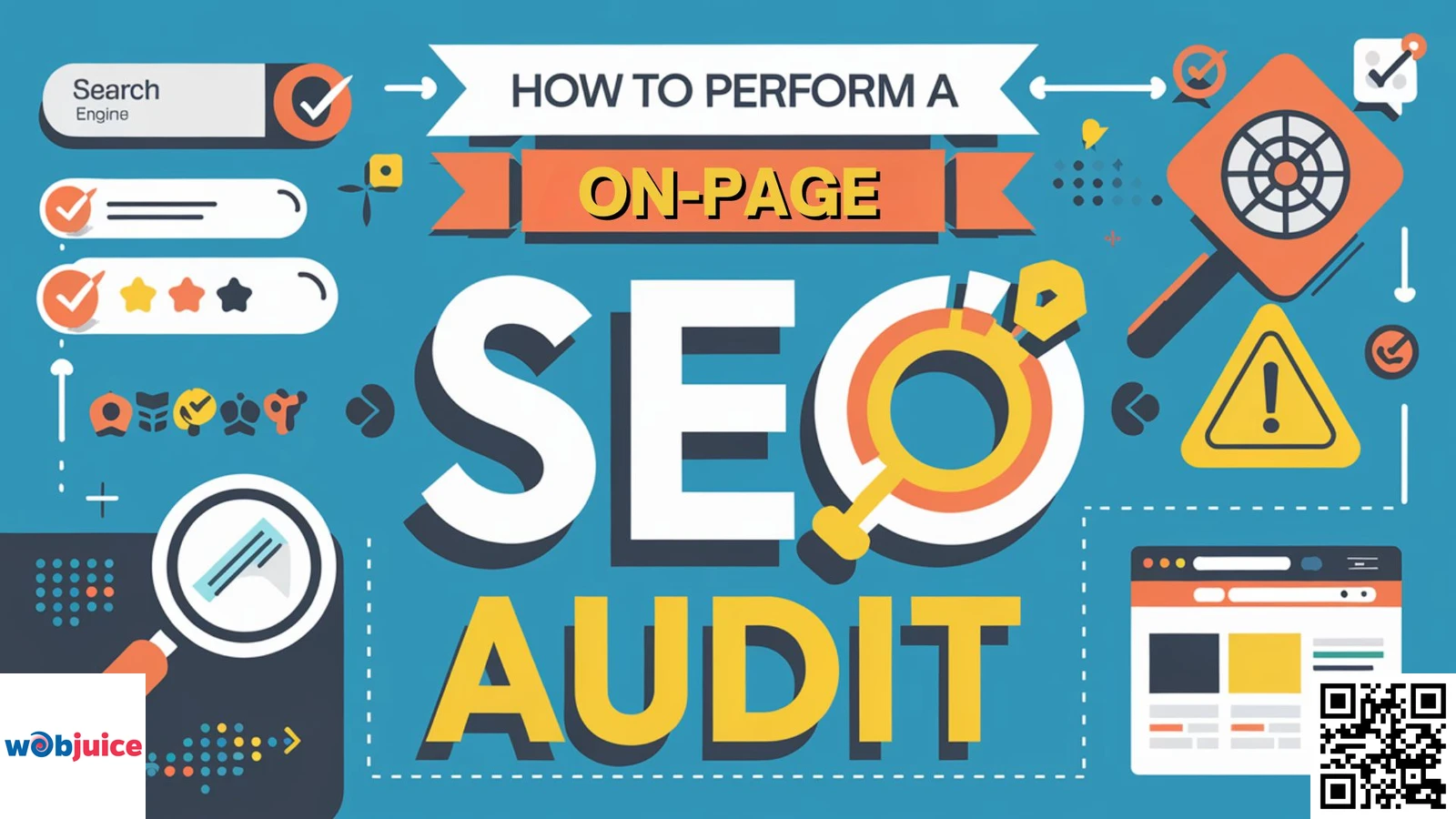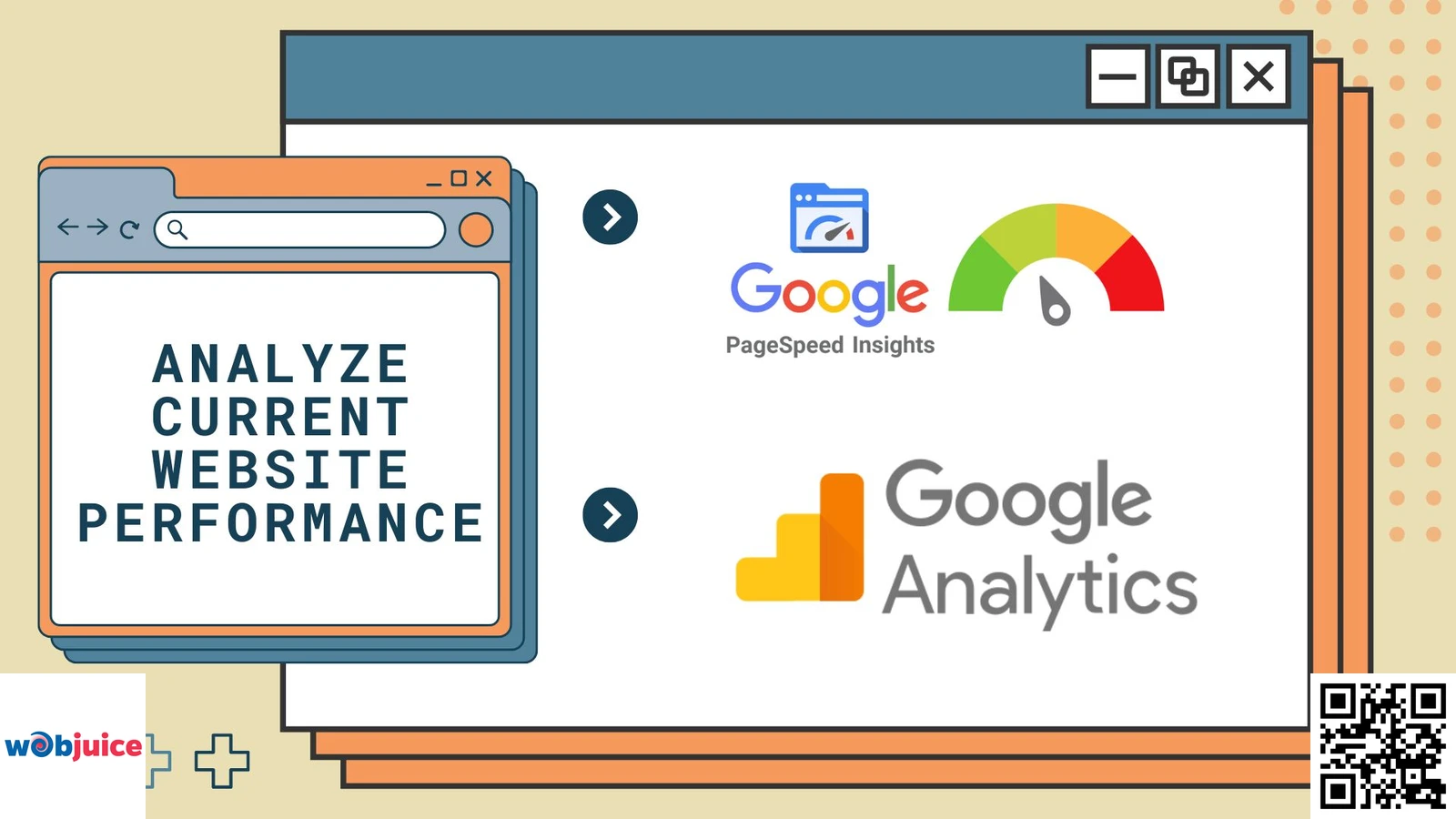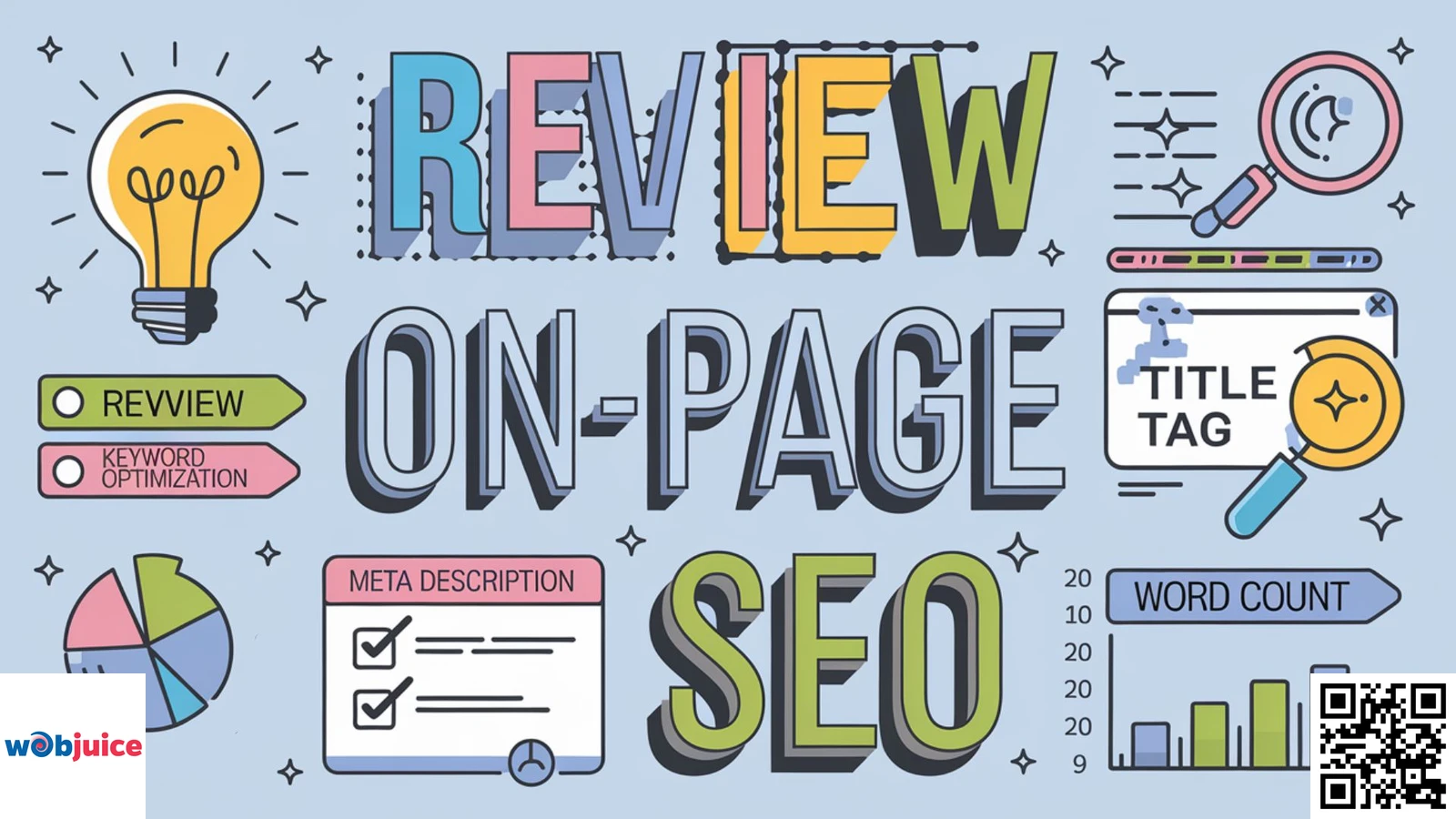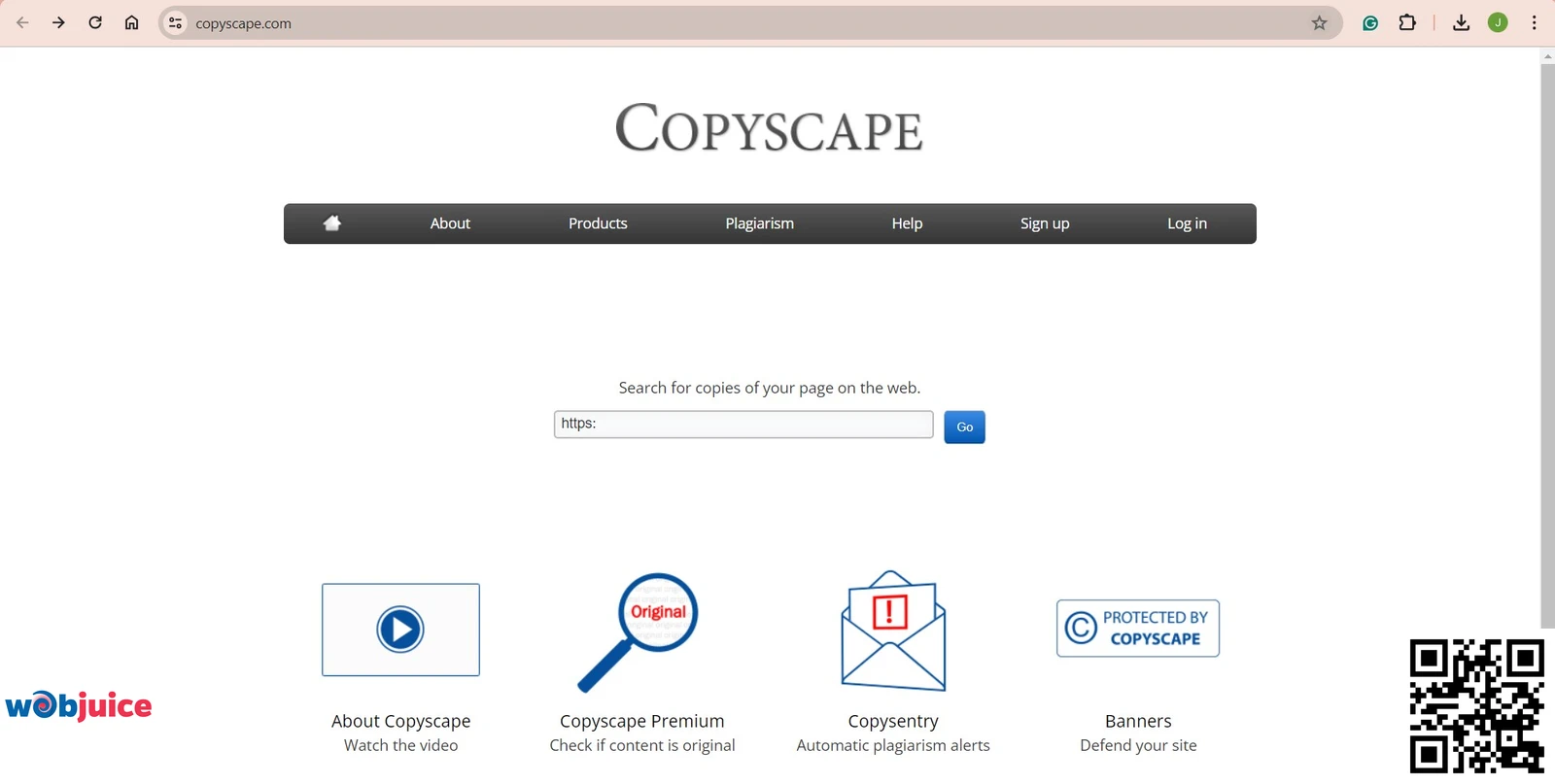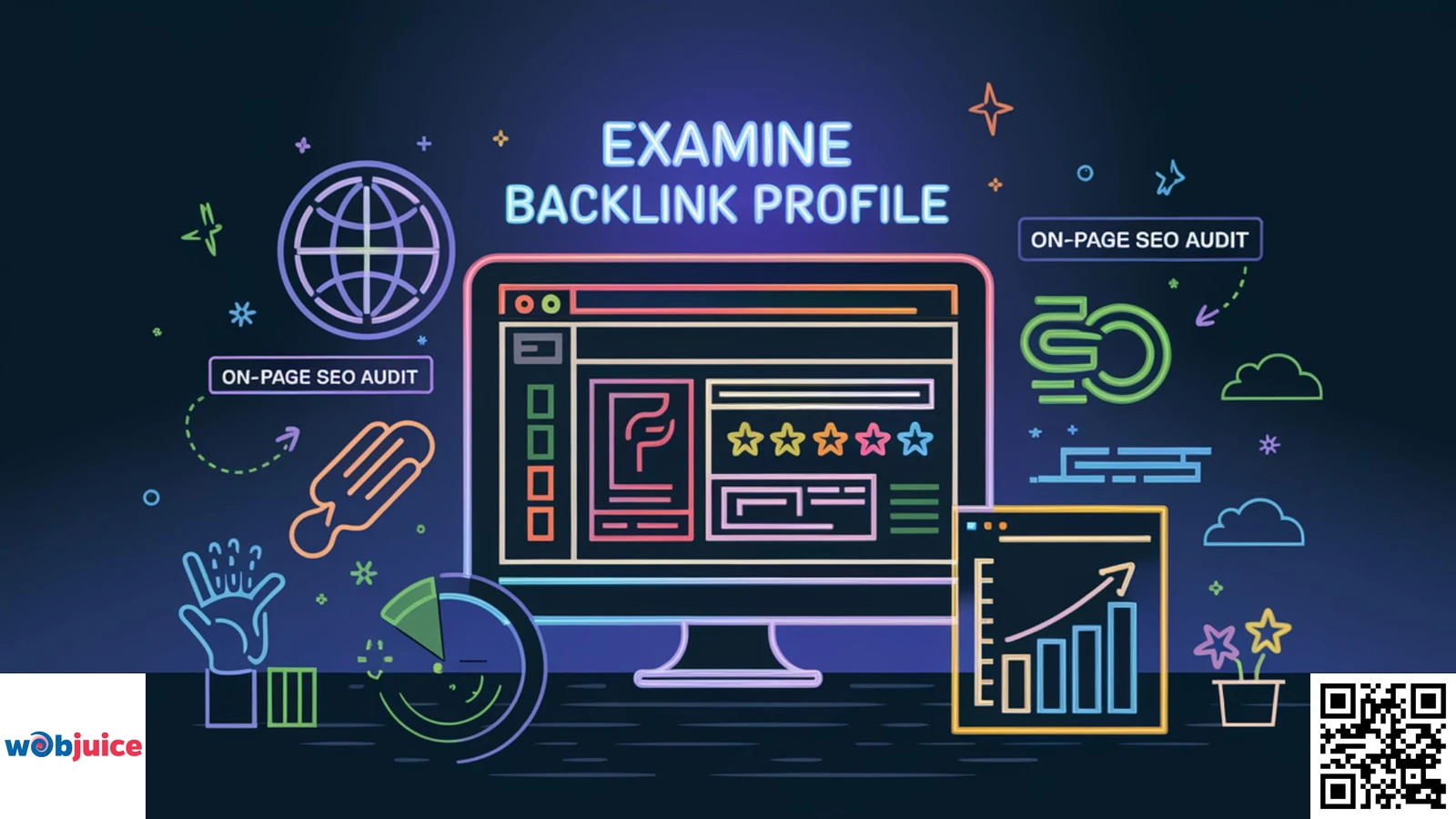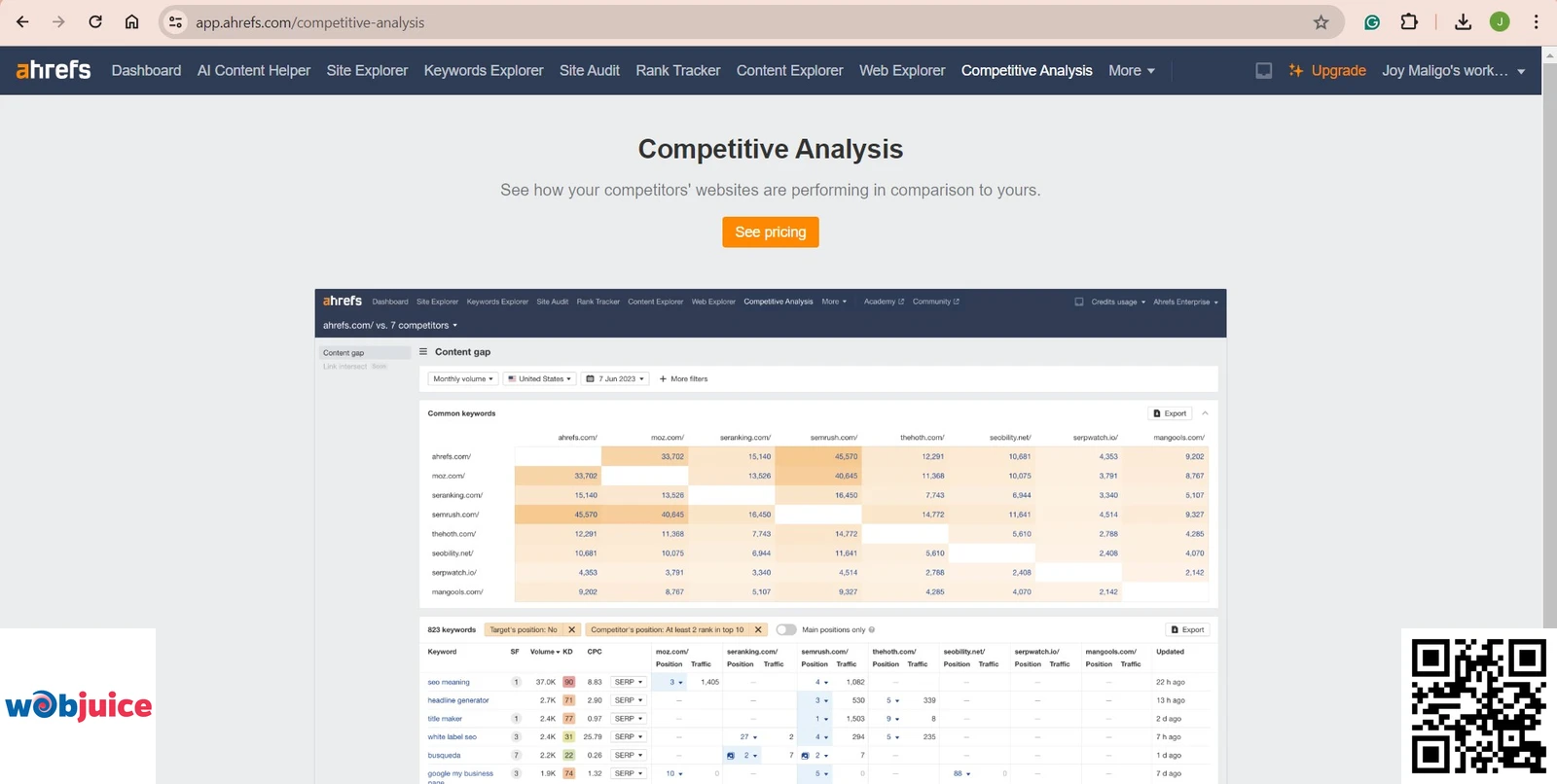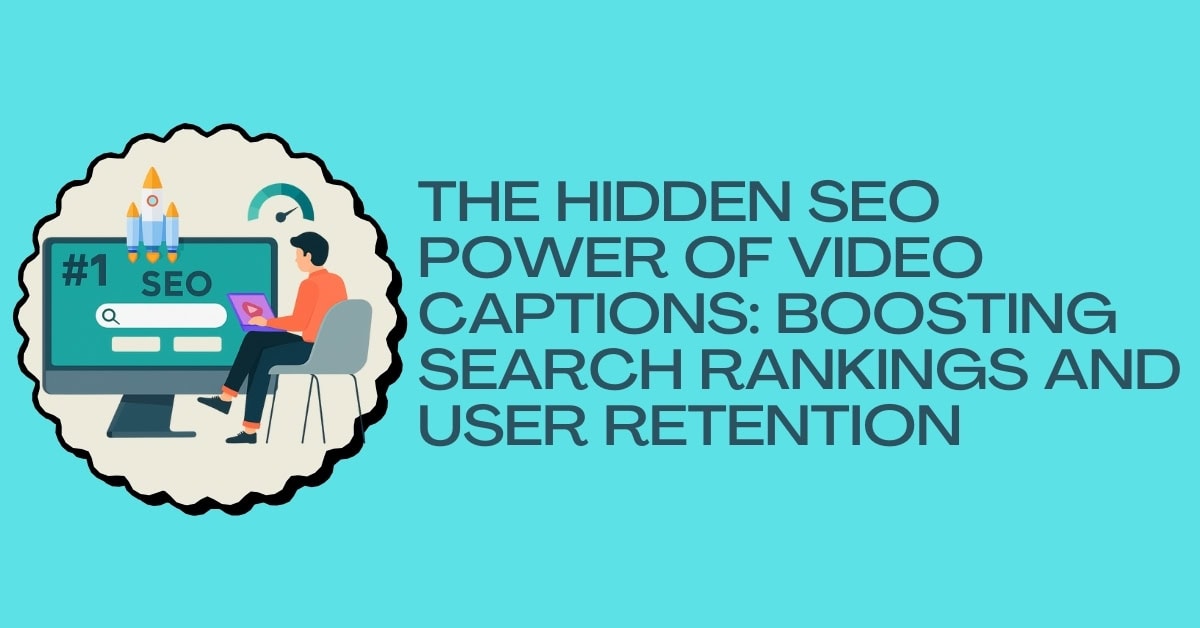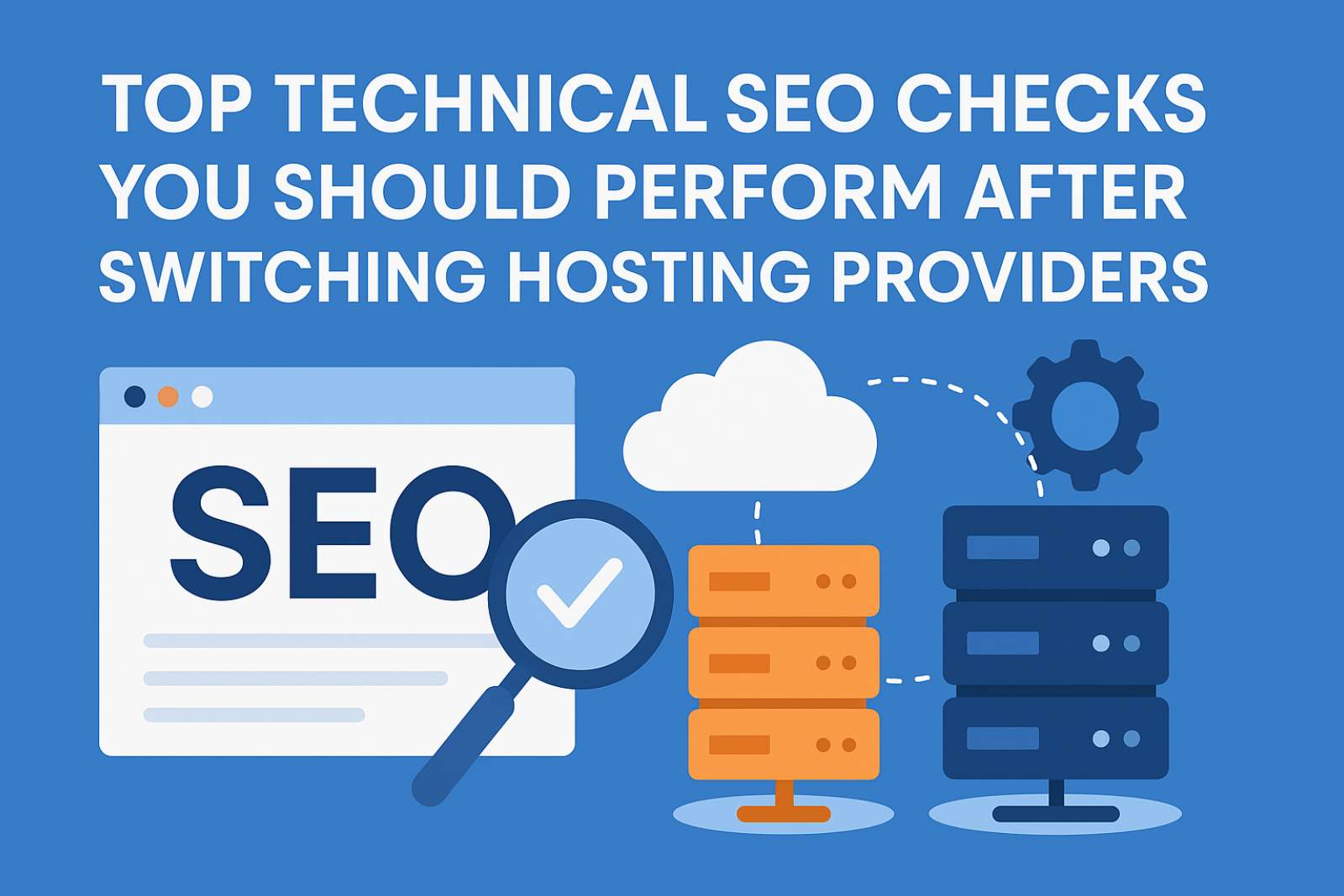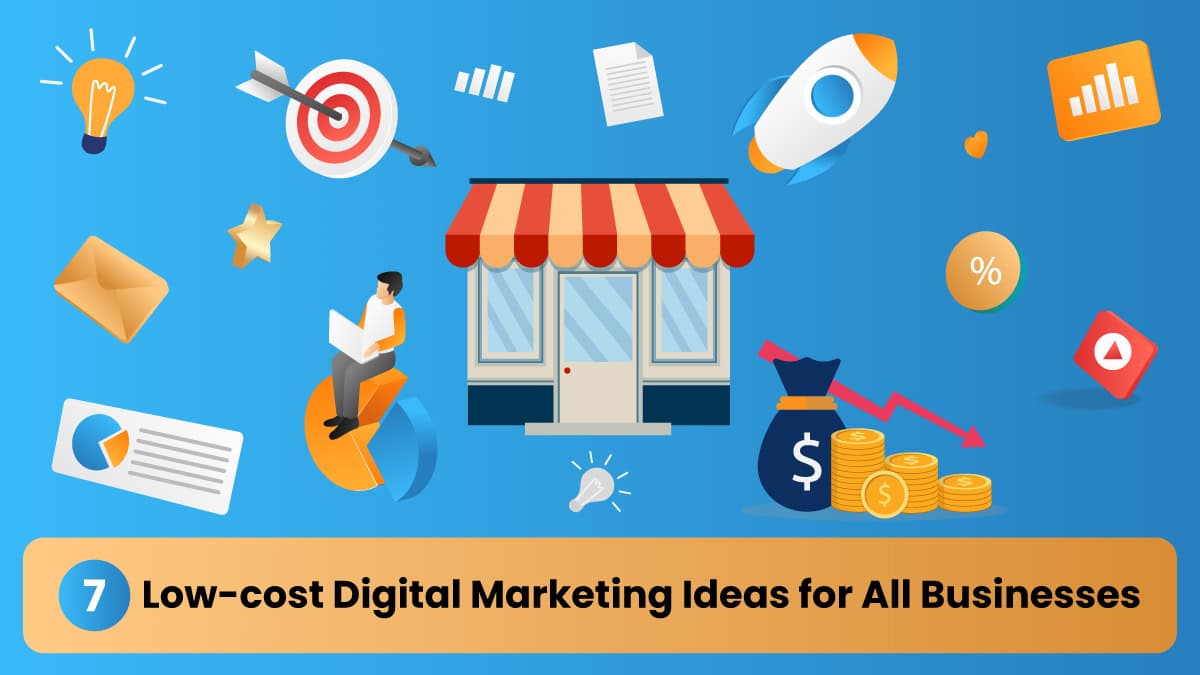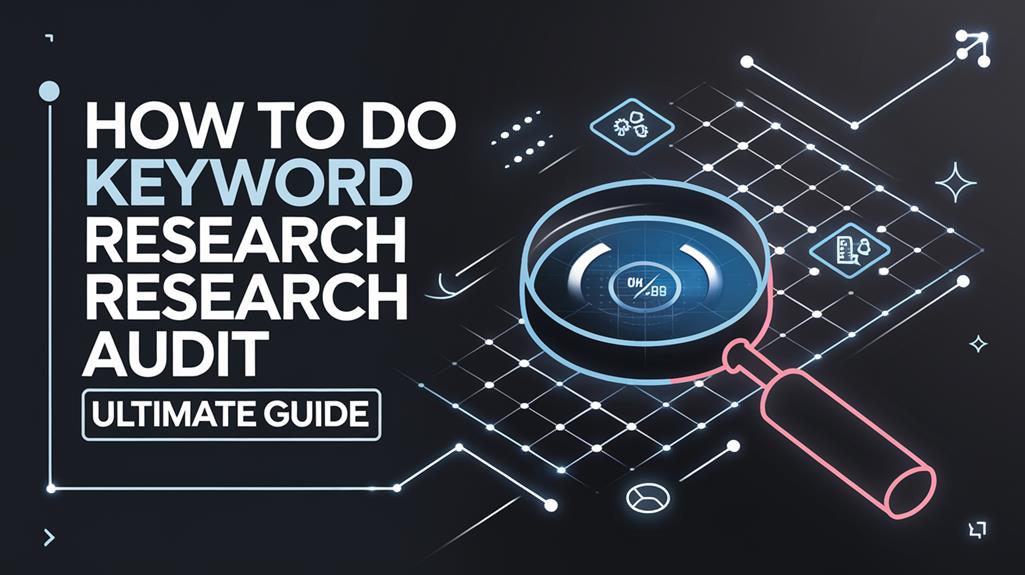To do a full SEO audit, define your goals first.
Then, focus on getting organic traffic and improving engagement metrics.
Check how well your website is doing right now by using Google Analytics.
Check technical SEO features such as how fast the site loads and if it works well on mobile devices.
Review the on-page elements.
Optimize your title tags and meta descriptions to be more visible.
Check your content’s quality and relevance.
Make sure it meets the needs of the audience.
Examine your backlink profile.
Make the site easier to use by improving navigation.
Monitor competitor strategies.
Create an actionable plan to stay ahead.
A complete SEO audit can be done in 10 steps. First, define your goals. You may want to focus on organic traffic, search rankings, or user engagement. This helps you tailor your strategies.
Next, check how your website performs. Use tools like Google Analytics to look at page load speed and user engagement data.
Then, check the technical SEO aspects. This covers site crawlability, mobile-friendliness, and HTTPS security. These things help create a good user experience.
After that, review on-page SEO. Improve title tags and meta descriptions. Add relevant keywords. Keep your content engaging.
Lastly, check your backlinks. Look at quality, relevance, and any harmful links. Find chances for link-building strategies. These steps offer a good way to do SEO audits.
VIDEO Start by clearly stating your goals.
This important step helps guide your website audit and measure results.
Think about if you want to increase website traffic, improve search rankings, or raise user engagement.
Knowing your main focus lets you adjust your plans better.
Next, think about who your audience is.
Understanding their needs will help you create your content and choose the right keywords.
Also, think about your competitors.
Looking at what they do well and where they struggle can show chances for your site.
Remember to set key performance indicators (KPIs) to track how you are doing.
Bounce rate, the rate of visitors who leave, and the average time spent on the site are important for checking your website performance.
Start by collecting important information about how your site is working now.
Look at key numbers like how fast pages load, bounce rates, and how engaged users are.
Use tools like Google Analytics and PageSpeed Insights to get useful details about visitor activity and spots that need work.
Conducting a complete content audit is important for finding areas to improve and maximizing your SEO strategy for 2024.
Next, look at your traffic sources.
Knowing your traffic mix can help improve your SEO plan.
Find out which pages are doing well and which are not.
Don’t overlook mobile performance.
Start by looking at your site’s layout for easy navigation and a clear structure.
A good site design is important for user experience and SEO.
When checking the layout, make sure it’s simple for visitors to find their way around.
A clear structure helps users get what they need fast, which lowers bounce rates and boosts engagement.
Check your main navigation menu.
It should show your most important pages.
Use clear labels that match the content in each section.
Next, check your internal linking plan.
Make sure that related content is connected. This will improve your site’s SEO results.
Start by checking how fast your site loads.
Use tools like Google PageSpeed Insights to find ways to improve.
Next, check if your site is mobile-friendly.
Don’t forget to look at how your site can be crawled.
Use Google Search Console to find crawl errors or problems that may stop search engines from indexing your pages.
Also, check your XML sitemap; it should be complete and sent to search engines to help with better indexing.
Another important part is checking your website’s security.
A website with an HTTPS connection helps build user trust.
Make sure your website has a clean URL structure.
On-page SEO means improving parts of your web pages.
This helps your site become easier to find and rank better in search engines.
After checking your technical SEO, now it’s important to pay attention to key on-page parts.
Mastering on-page SEO techniques is essential to improve how your website performs in search results.
This means you need to adjust parts of your web pages to help them work better with search engines.
Start with your title tags.
Ensure they truly match your content and have important keywords.
Next, check your meta descriptions.
They can help increase click-through rates and make users feel more engaged on your site.
Remember to use UK spelling in all your optimisation work.
To improve title tags for better SEO and user experience, you can follow these tips:
First, make sure the title is clear and descriptive.
Use important keywords that match what users search for.
Keep the title around 50-60 characters long. This way, it shows up well in search results.
Also, make each title unique for different pages.
Add your brand name at the end if you want to boost brand recognition.
Don’t forget to think about users’ needs. A good title will make them more likely to click on your page.
Review and update your title tags often to match SEO trends, user behaviour, and changes in content.
Check how your descriptions feel to people.
Use strong action words to push users to act next.
Add a call to action to get users more involved.
Remember to use special descriptions for each page.
Check that they have important keywords.
Make them interesting and useful.
Use strong language that encourages action.
Add a call to action.
Start by looking at how important your content is to your target audience.
A good SEO content check is key to finding areas to improve and stay on top in 2024.
Next, check readability factors to make sure your message is clear and interesting. T
Lastly, look for any duplicate content.
To evaluate it, begin by finding keywords and phrases.
See if your content covers these topics well and gives helpful information.
Analyze what your competitors are doing.
Find parts where your content may be missing.
Fix these parts to help your site look good and bring in more visitors.
Check for old information and refresh it often to keep your content useful and up-to-date.
Add things like images and videos to improve the user experience and make the content feel more relevant.
When you focus on the relevance of your content, it helps your SEO rankings and builds trust with your audience.
By giving valuable content, you can turn visitors into loyal customers.
To check it, look at how long your sentences are, the words you choose, and how you structure them.
Use clear language and skip any complicated words.
Short sentences help with understanding.
Longer sentences can be used to add more detail when needed.
Try to match the reading level to your audience.
Using headings and images helps make the text easier to understand.
Look for grammar and spelling errors to keep your trust.
Fixing your writing helps users feel good and can help with SEO.
Use tools like the Flesch-Kincaid tests to check how easy your content is to read.
To find duplicate content, use tools like Copyscape or Siteliner .
These tools help you see pages with the same content on your site and other places online.
After making sure your content is easy to read, it is important to check for duplicates.
Duplicate content can hurt your SEO.
Once you find duplicates, do something about it.
You can rewrite, combine, or use canonical tags.
First, find the sites that connect to you with tools like Ahrefs or SEMrush.
These tools make detailed lists of your backlinks.
The quality and importance of backlinks can affect your site’s trust.
Check the quality of these links.
Look for links from trusted industries or well-known websites.
Look for harmful backlinks that could get you penalized by search engines.
If you find any, think about using Google’s tool to remove them.
Check your link-building strategies.
Remember, good link-building strategies can help your site’s authority and improve rankings.
Prioritize mobile responsiveness and page load speed.
These two things are important for improving user experience.
They increase user satisfaction and affect your site’s SEO performance.
A complete SEO audit helps find ways to make user experience and site performance better.
Paying attention to these parts is important to keep a good edge in search rankings.
Make sure your website is quick and easy to use on all devices.
This will keep visitors interested and help you rank better in search results.
Mobile-friendly websites can lower bounce rates.
Users tend to stay and interact with content that is easy to use.
A good design increases trust in a brand.
People want today’s websites to fit their screens.
If this does not happen, it can annoy users and create a bad view of the business.
To improve page load speed, try these tips.
Use smaller images.
Reduce the number of plugins.
Minimize code and use browser caching.
Choose a good web hosting service.
Test your site’s speed regularly.
These steps can help you get a quicker and better website.
Begin by finding your main competitors.
These are the ones who go after the same audience and keywords as you.
Look at how competitors use keywords.
Tools like SEMrush or Ahrefs can help you find this info.
Look at their content strategies as well.
Knowing what kind of content connects with their audience can help you create your content.
Don’t ignore their backlink profiles.
Looking at where they get their links can show you new chances.
Pay attention to how they engage on social media.
Keeping track of these factors helps you react quickly to changes in your industry.
Start by putting the important issues from your audit first.
Focus on key areas, like making your site faster, improving meta tags, and boosting content quality.
Set clear and measurable goals.
Try to boost organic traffic by 20% in the next six months.
Use resources wisely.
Decide who will handle each task.
Set deadlines to keep the team responsible.
Don’t forget to use tools that can make your work easier, like keyword research and analytics software.
Make your plan and check how it is going often.
Change your ways if needed by looking at the results.
You can do a full SEO audit in ten steps.
These steps help you find areas to improve and set up plans for more organic traffic.
SEO needs checks and changes often. It’s not a job you do just once.
Good SEO improves search rankings and makes sites better for users.
Use these steps to change how you market online.
They will help your site show up more in searches.
You will also learn how to make your site better for visitors.
This checkup process is key to doing well in digital marketing.
Keep watching your progress.
Make changes if you need to.
The online world moves quickly, so stay aware of new trends.
Your SEO audit will help you stay in front.
Trust us to help you on this important journey in digital marketing.
